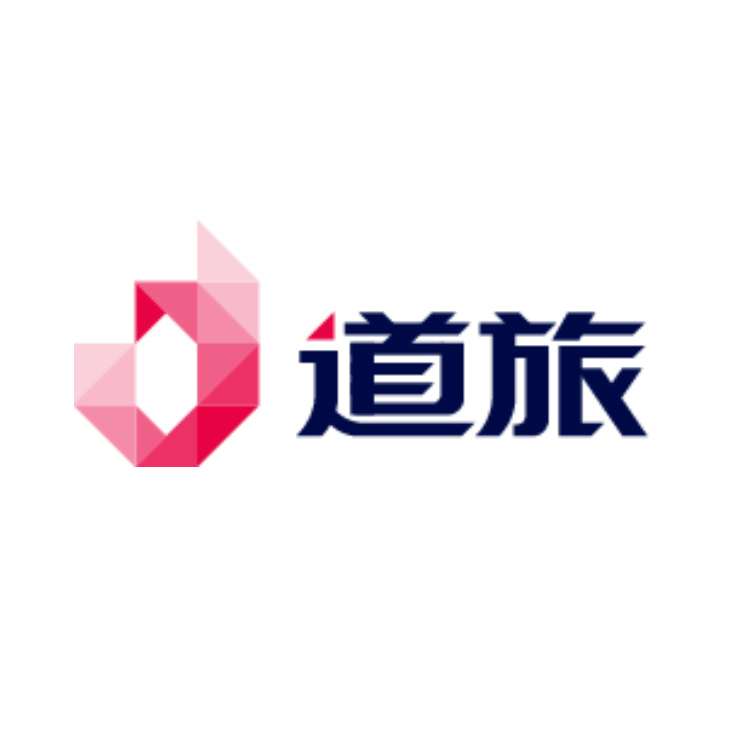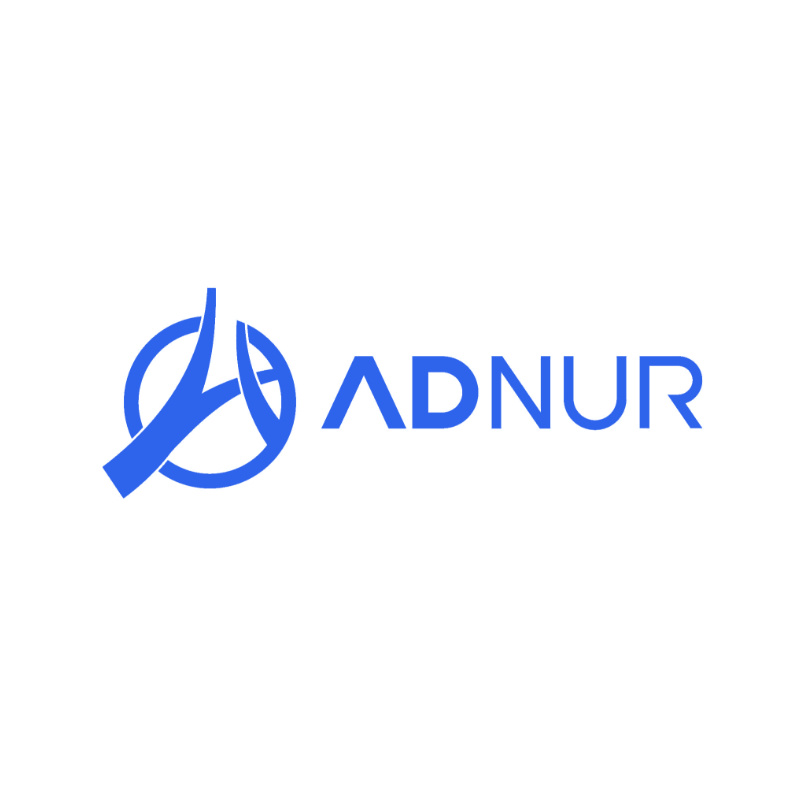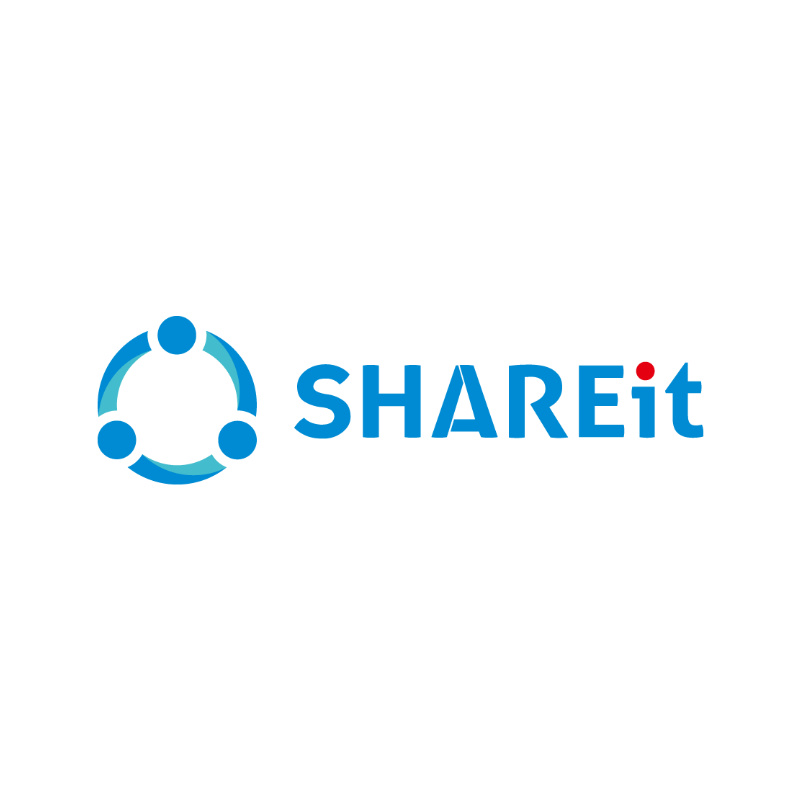Trends
1、Parallel replacement of international similar brands trend is obvious, the momentum of the main business is strong, value-added business development is rapid;
2、Better understanding of Chinese sellers and Chinese business circle, better service and lower cost;
3、Vigorously expanding China, Hong Kong, Taiwan and Southeast Asia markets, and reverse entry into the European and American markets.

Key Challenges
There is no perfect master data management center and integrated master data: the middle and business backstage only consider the business attributes of master data such as products and customers, and the finance department considers the financial attributes of master data, which makes it difficult to understand and communicate with the middle and business departments.
-
The separation of business and finance
The business middle office/product back office is not integrated with the finance system; there is no integrated business-finance process for accounts receivable/payable and intercompany transactions, and the integration of the middle and back offices is not the core of a business-finance integration.
-
The lack of internationalized group financial software
Products developed domestically that are launched into the international market require the establishment of overseas subsidiaries. Domestic finance software often fails to meet the requirements for global tax and financial compliance as well as rapid business expansion.
-
The lack of perfect business center
The core management of the business in the product back office, the business lines run independently.

Solutions
1、Ensure that business operations in the back office and NetSuite are synchronized in a timely manner with customer and supplier master data, exchange rates, and other essential master data. This includes the timely synchronization of sales orders, purchase orders, invoices, bills, reconciliation results, actual usage, costs, and other relevant documents.
2、Design the integration of business and financial master data by considering the management needs of the business as well as the accounting and statistical analysis requirements of the financial system. This involves expanding the types of business documents and financial attributes in the system.
3、Implement a closed-loop process for receivables, payables, reconciliation, and write-offs across multiple industries.
4、Automate revenue recognition for SaaS services, focusing on key performance indicators such as ARR, MRR, LTV, and CAC management.
5、Configure personalized transaction rules and establish automatic processing workflows.
6、Automate financial processes and generate personalized financial analysis reports.
Related Cases
-


HOSE
Helping HOSE to realise the integration of finance and middle and back office operations and finance, and to implement the best practices in the SaaS field.
Learn More
-


Western Post
Helped Westpost Smart Warehouse to complete the establishment of the group's global financial system and the seamless collaboration with the business centre.
Learn More
-


DidaTravel
Helping RoadTrip to realise rapid global expansion of multiple business lines in travel technology, integration and automation of business and finance.
Learn More
-


ADNUR
Assisted ADNUR in restructuring three major business processes to achieve systematic, standardised and international management.
Learn More
-


AfterShip
Helping Aftership land best practices for cross-border e-commerce related SaaS services
Learn More
-


ShopeX
Helped Merchant ShopeX to complete multi-tier system replacement and re-engineer the main business finance process.
Learn More
-


SHAREit Group
Helping SHAREit Group with multi-system integration, middle and back office business finance integration and automation
Learn More
-


PingCAP
Helping PingCAP to reconstruct the middle and back office business integration and revenue recognition process for five major online/offline business models.
Learn More
Latest News
-

 Marketing Events 2024/12/19
Marketing Events 2024/12/19【Cloud Dynamics Event Review】The New Energy Outbound 2.0 Era: Oracle NetSuite and Hitpoint Cloud Join Hands to Explore a New Chapter in Digital Transformation of New Energy
Learn More
-

 Marketing Events 2024/12/11
Marketing Events 2024/12/11【Cloud Dynamics | Event Invitation】 "Oracle NetSuite Helps New Energy Companies Draw a Gorgeous Chapter in the Global Map" event registration is now open.
Learn More
-

 Digital Transformation Guide 2024/12/03
Digital Transformation Guide 2024/12/03Hitpoint Cloud: The Winning Strategy for Shokz Technology's Global Journey
Learn More















